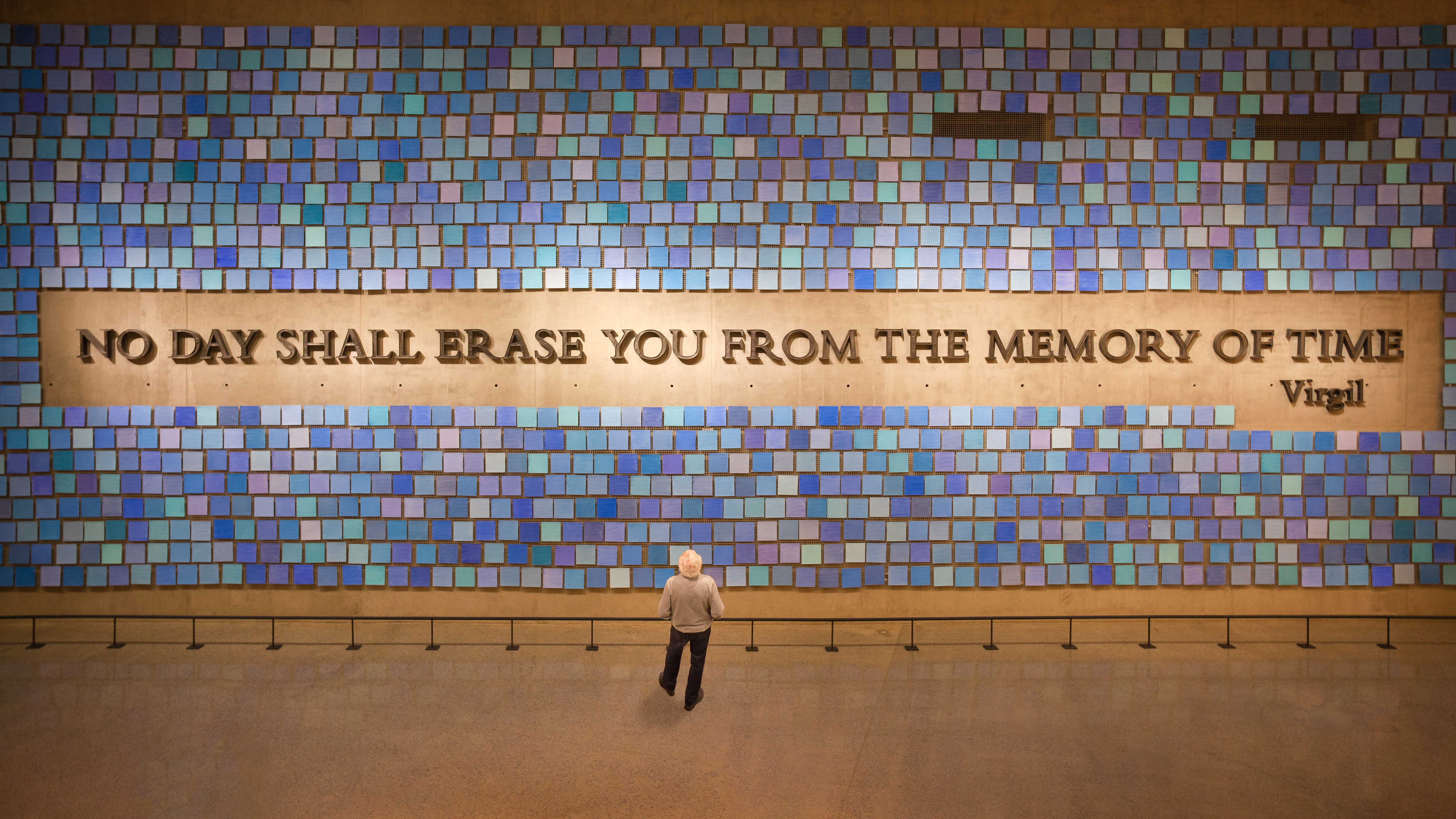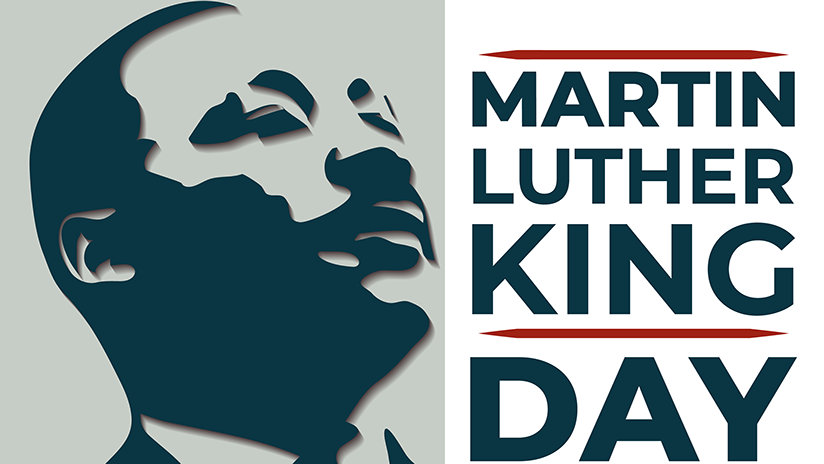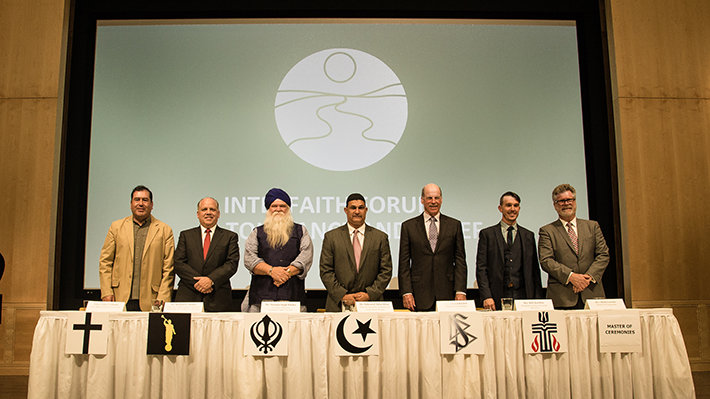
-
HOME
-
WHAT IS STANDOur Mission Our Values Our Help Contact
-
WHAT WE FIGHT FORReligious Freedom Religious Literacy Equality & Human Rights Inclusion & Respect Free Speech Responsible Journalism Corporate Accountability
-
RESOURCESExpert Studies Landmark Decisions White Papers FAQs David Miscavige Religious Freedom Resource Center Freedom of Religion & Human Rights Topic Index Priest-Penitent Privilege Islamophobia
-
HATE MONITORBiased Media Propagandists Hatemongers False Experts Hate Monitor Blog
-
NEWSROOMNews Media Watch Videos Blog
-
TAKE ACTIONCombat Hate & Discrimination Champion Freedom of Religion Demand Accountability
Why “I Believe in Interfaith” too
The Interfaith Conference of Metropolitan Washington, D.C. is running a great video campaign under the banner of “I Believe in Interfaith.” It invites people of all faiths to post videos of why they believe in bringing religions together. The videos posted feature individuals from a broad spectrum of religions and their messages are intelligent and impacting.

In a day where religious tolerance has gone out of fashion and where attacking the religious beliefs of others is turned into a format for selling soap, these videos feel like a breath of fresh air and got me thinking about the theory of interfaith versus the reality.
We all come in contact with people of different faiths, but how willing are we to grant the faiths of others the same respect as we do our own? After all, if the goal of most religions is to promote its own belief system as the sole true one, how can there be room for accepting that of others? Does the great breadth of religious practices and rituals one encounters prevent any sort of common ground? And does finding that common ground somehow dilute one religion or another? In other words, can we all really get along?
For the answer to that, one has to look underneath the rituals, dogma and scripture and into the basic purpose of religion and its relationship to humankind through the ages.
Most religious systems have the goal of helping us understand ourselves and our places in the universe. The examination of one’s goals, purposes and value to life at large is what separates humans from other living things. That spiritual quest connected to religion is one you will find in every human sphere from small tribes to capital cities and so is a goal shared by all.
Religious organizations and movements can, themselves, serve to unite people for a common good. Faith-based groups seek to tackle the problems of the population at large, from drug addiction to human rights and disaster relief. These efforts also set standards of behavior that enhance the survival potential of the group.
On an individual level, religions endeavor to expand one’s personal moral strength and ability to have compassion for others, or work to increase a person’s awareness of him or herself as something beyond just a physical body, giving him the longer view.
As for myself, I have friends of all religions (or no religions at all) and we share insights about our faiths or convictions with one another. I admire the paths they walk, so I guess you could say that I love interfaith too.
In all of these purposes lie the connections that religions share. By working together, religions in an interfaith group can raise awareness of what their fellow groups are all about, what their very different practices mean, and how they are structured to achieve their goals. Through interfaith awareness, other practices become less mysterious and thus no longer threatening. In this way, interfaith can actually serve to bring about a better world, where help is available to all in whatever form they seek it and there is peace.
I so appreciate that my religion, Scientology, embraces all faiths and holds a strong view that religion—no matter which one—is necessary to the maintenance of a culture.
As for myself, I have friends of all religions (or no religions at all) and we share insights about our faiths or convictions with one another. I admire the paths they walk, so I guess you could say that I love interfaith too.









